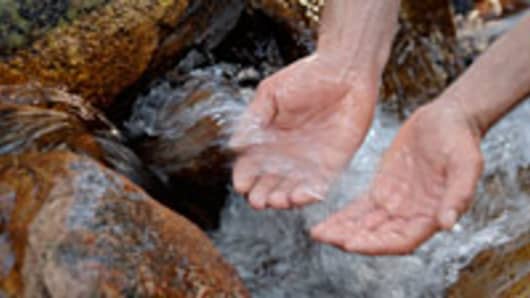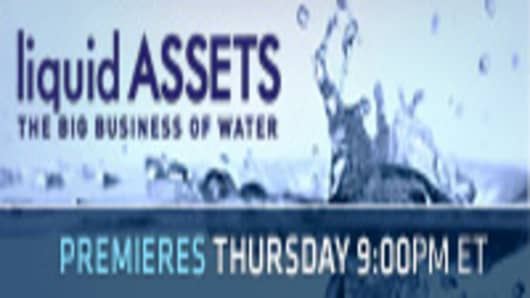Sitka, Alaska, is to water what Saudi Arabia to oil. Both possess seemingly bottomless amounts of their respective liquid assets.
Sitka, located in the state's Inside Passage, has less than 10,000 residents, but the town has more water than it knows what to do with.
What if Sitka, its city fathers have asked themselves, could sell water to those people or entities in the world's arid parts? Such a transaction would guarantee the town healthy revenue and put water where it's desperately needed.
The town is offering to sell 95 billion gallons a year—a tiny percentage of the water in its natural reservoir—for only a penny a gallon. It has invested more than $1 million in a pipeline that can move 33 million gallons of water per day from the mountain lake to the shore.




